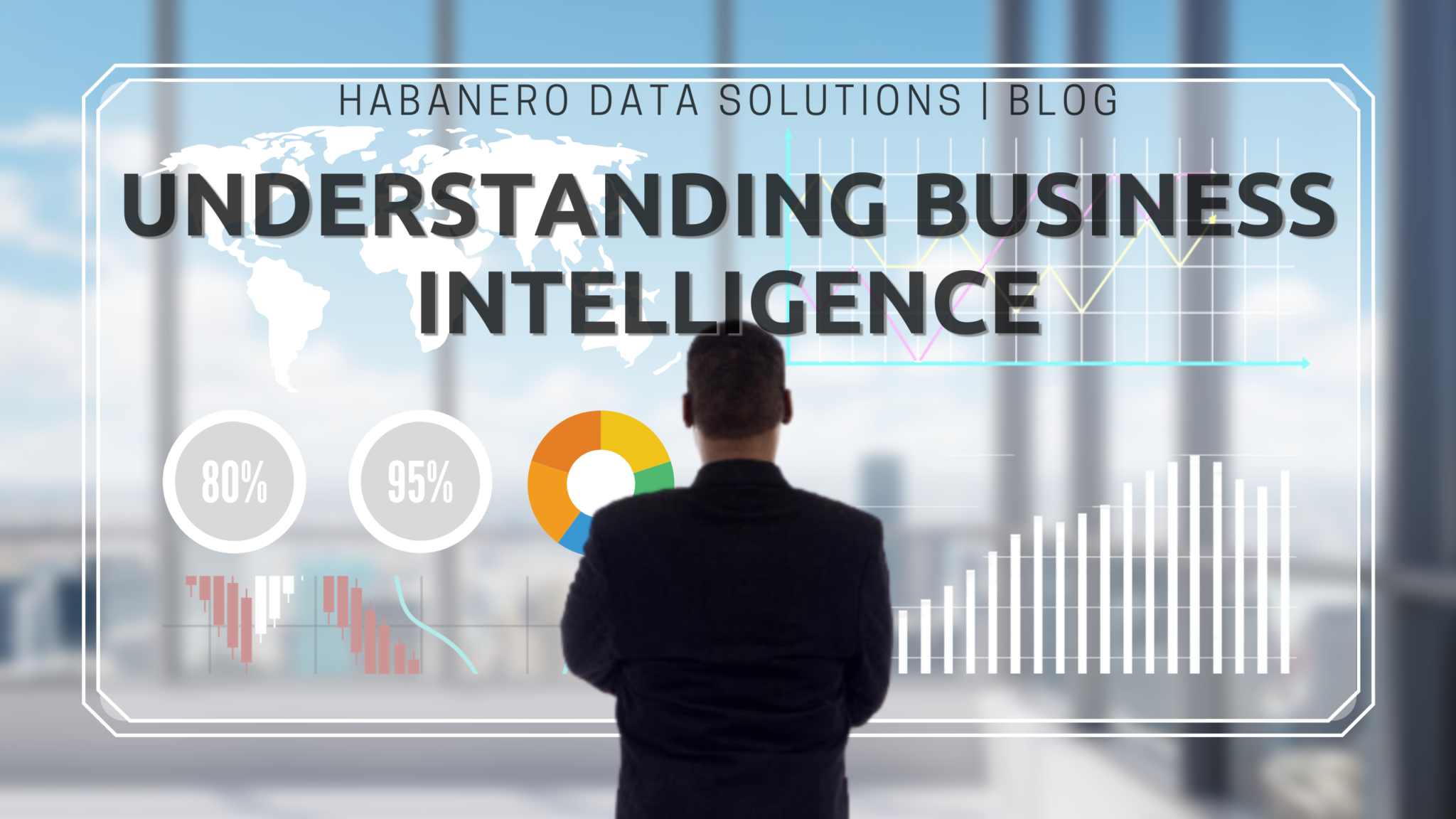The basis of Business Intelligence is data. And then, first of all, the metrics that are generated from this data. But metrics, as well as KPIs, are numberless – and they are even becoming more and more! Catalogue retailers become online retailers. Online retailers become chain store owners. Multichannel here, agile commerce there. As a result, retailers action alternatives increase rapidly – but which of them will actually turn out to be sustainably profitable? And which metrics, regarding those immensely increasing amounts of data (there it is: Big Data!), still are the critical ones for the eCommerce – despite new trends and technologies? Those questions are considered by many companies and their answers are as multifaceted as the assortments of Konga.
We want to share parts of our experience
Definition: metric
Firstly, a metric is a figure that is directly measurable. But also the combination of multiple figures like this can – as a calculated variable – be a metric (see below). There are several kinds of BI metrics that are important for the eCommerce:
- Quantities e. g. stock per storage, ordered items, unique visitors
- Calculated values e. g. sales, return rate, contribution margin
- Discrepancies e. g. compared to the day before, the week before, the average
Definition: KPI (Key Performance Indicator)
The term KPI is often mixed up with the term metric. Though, a Key Performance Indicator is not a value that is directly measurable, but one that is showing the degree of fulfillment concerning certain objectives. Accordingly, for the calculation of a KPI there have to be concretely worded and measureable objectives like for example this one: “Three months from now, we want to gain 250 new customers per day via online channel X.” The KPI shows the discrepancy to the regarding target value then.
Where do metrics actually come from?
There are many ways leading to purchase – and online, unfortunately, to returns as well. And every single one of the paving stones of every single one of those ways and ways back is generating – what? Metrics. Exactly.
From the buying inducement by a TV spot or a display banner across Nairaland and the click into the paid search results right up into the web shop. Then leave the shop and directly step in again via retargeting at my favorite news page. First item in the shopping cart. Via recommendation engine, a second one is coming in addition. The bill, please! And namely as quick and simple as possible. Item in stock? Fine! From the pick list into the package to the post office to the doorstep – and sometimes the whole way back again.
Nearly all those movements and conversions can directly be measured and linked to each other. Yet one online purchase alone (including all its offline backgrounds and proceedings) generates lots of metrics.
A problem that often occurs here consists in the fact that especially chain store owners and catalogue retailers are only able to analyze their sales channels – if they are at all – separately. This doesn’t necessarily have to, but clearly is likely to lead to flawed analyses and thus misjudgments as well as bad decisions. The really great potential for effectively added value consists in the holistic and channel comprehensive analysis – that is to say: BI.
So – where to start regarding those countless metrics and their even more countless combinations?
Adopt a Business Intelligence Software today.
Habanero Data Blogging Team


